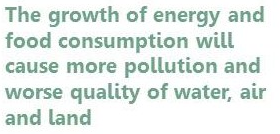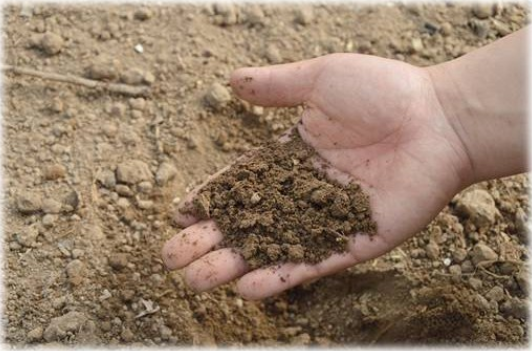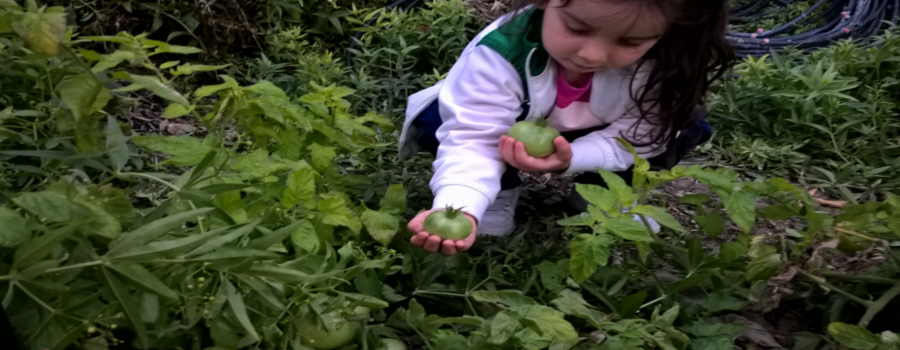Food security of two-thirds of the world s’ population depends on the availability and use of fertilizers. In the transition from a fossil reserve-based to a bio-based economy, it has become a critical challenge to close nutrient cycles and move to a more effective and sustainable resource management, both from an economical and an environmental perspective.

Mineral fertilizers production require significant amounts of fossil energy. Hence, the dependency of agriculture on fossil reserve-based mineral fertilizers (especially nitrogen, phosphorus, and potassium) must be regarded as a very serious threat to future human food security. On the other hand, estimates of phosphorus reserves expect that depletion will occur within 100 to 300 year, taking into account the current trends on population growth and demand for nutrients. But impacts on the economy are expected to occur much sooner than the time of depletion, because resource scarcity will drive in advance to higher product prices.
At the same time, the agricultural demand for mineral fertilizers is continuously growing, due to a variety of factors, such as the increasing world population, the rising meat consumption, and the cultivation of energy crops. In this sense, the FAO has reported a five-fold increase in fertilizer consumption between 1960 and 2015 and this organization projects a continued increase in the coming years. The tension between offer and demand will continue pushing up the prices for nutrient resources.
Despite these circumstances, large amounts of nutrients are dispersed in the environment every day, in a controlled or uncontrolled way, through the disposal of waste streams. In addition, the intensification of animal production and the resulting manure excesses, combined with a limited availability of arable land for the disposal of waste (manure, sludge, etc.) and the excessive use of chemical mineral fertilizers, has led to surplus fertilization and nutrient accumulation in many soils worldwide. These facts have frequently caused environmental pollution.

As a consequence, it is clear that a new global effort is needed to draw a new scenario where improved nutrient use efficiency and, at the same time, reduced nutrient losses provide the bases for a greener economy to produce more food and energy while reducing environmental impact.
Four are the key points when dealing with nutrients recycling according the scientific community:
– The sustainability of our world depends fundamentally on nutrients. In order to feed 7 billion people, humans have more than doubled global land-based cycling of N and P.
– The world’s N and P cycles are now out of balance, causing major environmental, health and economic problems that have received far too little attention.
– Insufficient access to nutrients still limits food production and contributes to land degradation in some parts of the world, while finite P reserves represent a potential risk for future global food security, pointing to the need for their prudent use.
– Unless action is taken, increases in population and per capita consumption of energy and animal products will exacerbate nutrient losses, pollution levels and land degradation, further threatening the quality of our water, air and soils, affecting climate and biodiversity.

Recycling energy and materials through re-connecting crop and livestock production becomes indispensable for attaining agricultural sustainability in all the senses, not only in the environmental sense. It is time to reconnect nutrient flows between crops production and livestock sectors. To do so, it is needed to invest in agro-industrial processes, which can contribute in the upcycling of mineral nutrients from organic flows towards mineral fertilizer. This approach calls for the further development of a third (after crop and animal production) agro-industrial pillar to be developed in addition to and support of the two existing main pillars of agricultural activity, namely agro-residue processing and upcycling.
Note: this text is part of a contribution of the author to the book “Science, Technology and Innovation for Meeting Sustainable Development Goals” to be published in 2017 by the Colorado State University.
- (Bio)hydrogen: a sustainable energy source for the future - 26 July 2024
- Biomethane and biohydrogen: the future of energy is here - 22 March 2021
- Does my car pollute? - 23 February 2018
